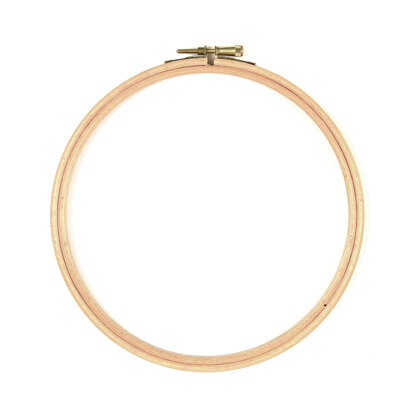How to make cross stitch pride patches!
Published on June 23, 2021 By Quayln Stark 2 min readPride Month might only be once a year, but there's never a bad time to celebrate and showcase all of the beautiful identities that fall under the LGBTQIA+ umbrella and these cross stitch pride patches are the perfect way to do it!
LGBTQIA+ centered activism has had a longstanding history with the fiber arts.
In 1978, Gilbert Baker created and sewed the first ever Rainbow Pride Flag for Gay Freedom Day at San Francisco Pride. In 1987, The AIDS Memorial Quilt made its debut in the March on Washington displaying 1,920 panels to memorialize people who had passed from the disease. A year later, the number of panels had grown to 8,288. Now the number sits at over 50,000.
Though as a whole, we have made progress as a community, there is much work still to be done. Visibility is key to increasing awareness within the world at large, and showing ones in the community who may have to currently hide their identities that they are not alone. One simple way to display your pride is by wearing a flag (or flags) that represent your identity. What better way to celebrate pride than by cross stitching one yourself!
I’ve created 20 charts for pride flag patches. Be sure to grab the free PDF download below. Being that identities within the LGBTQIA+ community are so diverse, there is also a blank chart provided for you to create additional flag charts as needed!
Grab some floss, a hoop, and your favorite pride playlist, and lets get started!
Materials
- Elbesee 7 inch (17.78 cm) Wooden Embroidery Hoop
- DMC 6 Strand Embroidery Floss
- Zweigart 14 Count Aida 21in x 39in
- DMC 6 Cross Stitch Needles (Size 22)
- Vlieseline Iron-on Superlight Interfacing: 90cm x 50cm
- Klasse Stork Embroidery Scissors
- Pride Flag Cross Stitch Chart(s) of your choosing
Cross stitch setup
1
Prepare your embroidery hoop and aida fabric. Cut approximately 24-36 inches (60-90 centimeters) of your chosen floss colors (I am demonstrating with the bisexual flag) and divide the six strands into two 3 strand sections. Thread the needle with one 3 strand grouping. Double your yarn and place a small overhand knot on the tail end. Clip the excess tail past the knot.
2
Pass the needle through the wrong side of work at one of the aida holes to the left of the hoop.I start my patches at the top and work my way down, but you may find you prefer bottom-up. Pull thread through, pulling all the way up to knot. We will only be using a right-leaning half stitch for the patch. Pass the needle through the aida hole directly up and to the right of the previous hole. Your first stitch is complete!
3
To continue stitching down the same row, pass the needle through the wrong side of the work at the aida hole directly under the last hole worked into. Pass the needle through the aida hole directly up and to the right of the previous hole. Repeat until you reach the required amount of stitches for the chart.
Continuing the chart
1
Once you have reached the end of your first row, turn the hoop 180 degrees and start working on the next row in the same way as your first. Continue until the end of the row then repeat the process.
2
When you have gotten close to the end of your thread, bring your needle to the back of your work. Pass the needle under 5-7 stitch loops and pull the thread taught before trimming the tail against the fabric. This will secure your end. Thread your needle and continue working the pattern.
3
Switch thread colors when indicated in the pattern you are working. If working a pattern with shaped designs, like the bear or intersex flags, work the smaller designs first before filling in the linework.
Finishing Patch
1
After finishing the cross stitching, youre ready to complete your patch! Start by cutting around your stitches. I give about 5-6 stitch lengths around the entire piece when cutting. Clip the corners on the diagonal for folding over.
2
Place the patch right side down on an ironing board over scrap fabric. Fold over raw edges to the wrong side and crease with your fingers before ironing. Flip patch and iron right side to set stitches in place.
3
Take fusible interfacing and trace around the outline of your patch. Cut to the exact shape of the patch. Follow the directions of the interfacing package to adhere it to the patch. If there is a paper backing on your interfacing, do not pull it off until you are ready to use your patch! Alternatively, if you would prefer an iron-on patch, use an iron-on adhesive.
4
Finally, flip to the right side and trim any threads, yarn, or excess interfacing to complete your patch.
Now we’ve completed our cross stitch patches! I can’t wait to see all the beautiful renditions, and what they’re used for! A few of mine are destined for bags, jackets, and hats. Be sure to tag #lovecrafts and I in any posts so we can see what you create using #cspridepatch!
Follow what Quayln is up to next on his Blog | Instagram | TikTok | YouTube | Ravelry



